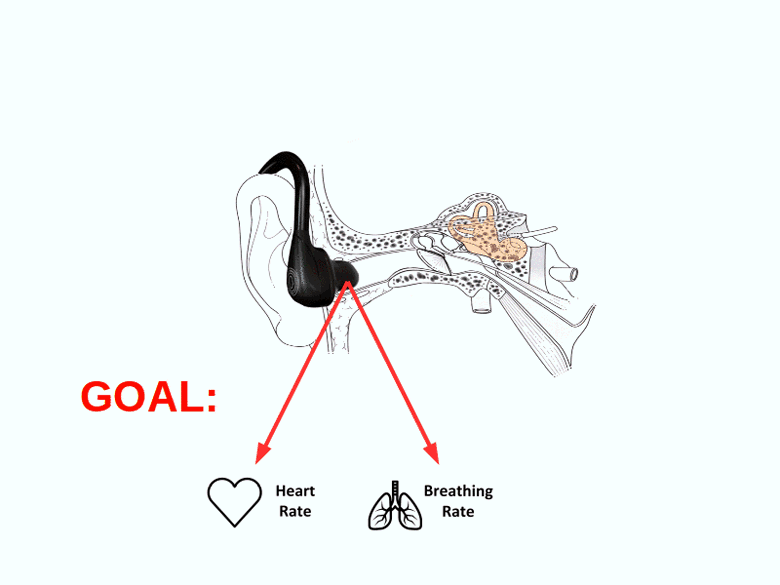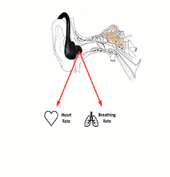
This paper examines the integration of a noninvasive vital sign monitoring feature into the workers’ hearing protection devices (HPDs) by using a microphone positioned within the earcanal under the HPD.
Twenty-five test-subjects were asked to breathe at various rhythms and intensities and these realistic sound events were recorded in the earcanal. Digital signal processing algorithms were then developed to assess heart and breathing rates. Finally, to test the robustness of theses algorithms in noisy work environments, industrial noise was added to the in-ear recorded signals and an adaptive denoising filter was used.
The developed algorithms show an absolute mean error of 4.3 beats per minute (BPM) and 2.7 cycles per minute (CPM). The mean difference estimate is –0.44 BPM with a limit of agreement (LoA) interval of –14.3 to 13.4 BPM and 2.40 CPM with a LoA interval of –2.62 to 7.48 CPM. Excellent denoising is achieved with the adaptive filter, able to cope with ambient sound pressure levels of up to 110 dB SPL, resulting in a small error for heart rate detection, but a much larger error for breathing rate detection.
Extraction of the heart and breathing rates from an acoustical measurement in the occluded earcanal under an HPD is possible and can even be conducted in the presence of a high level of ambient noise.
This proof of concept enables the development of a wide range of noninvasive health and safety monitoring audio wearables for industrial workplaces and life-critical applications where HPDs are used.
Research Websites

